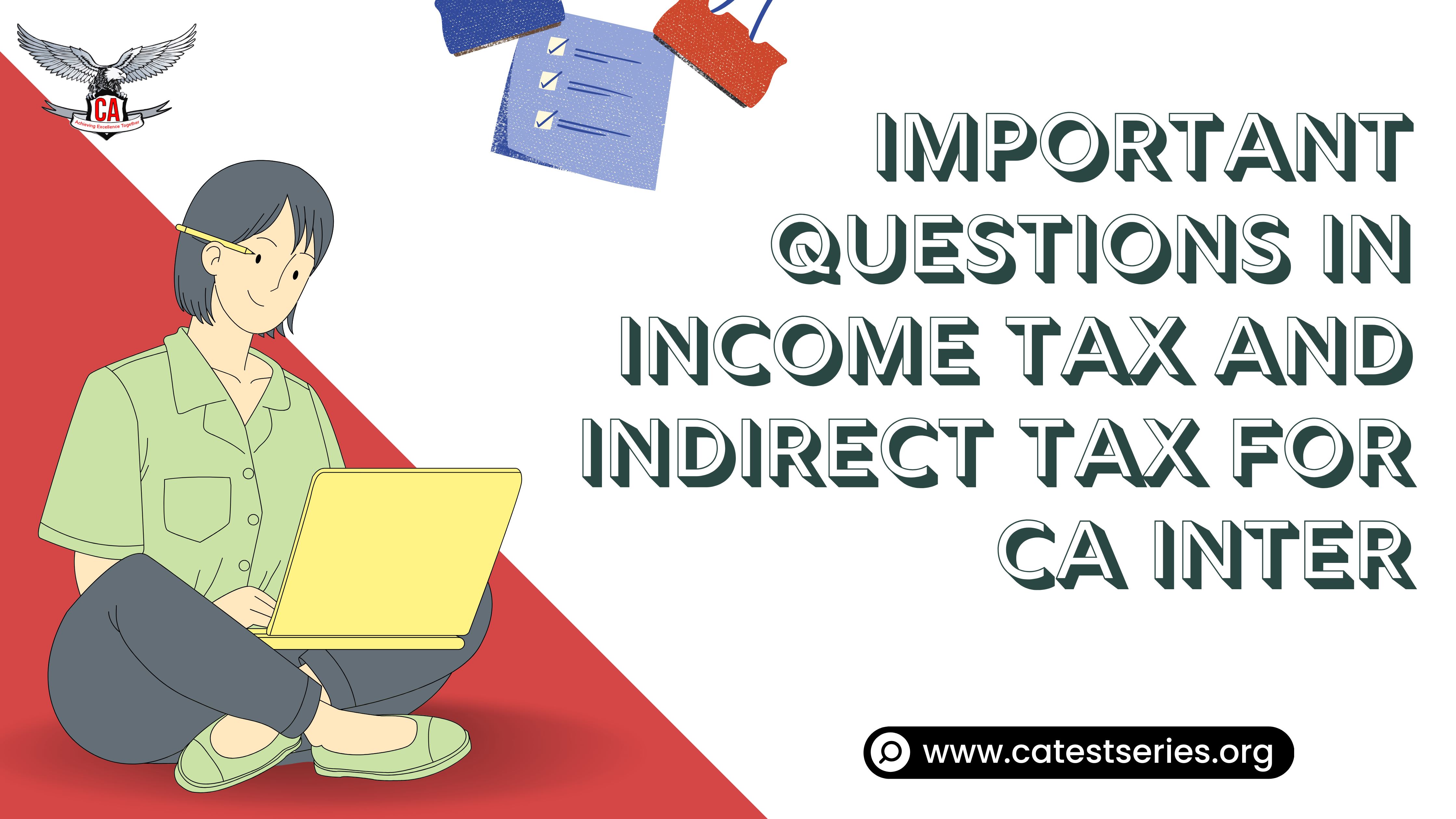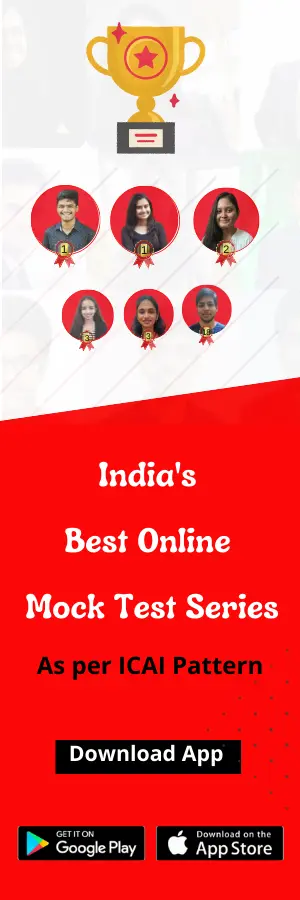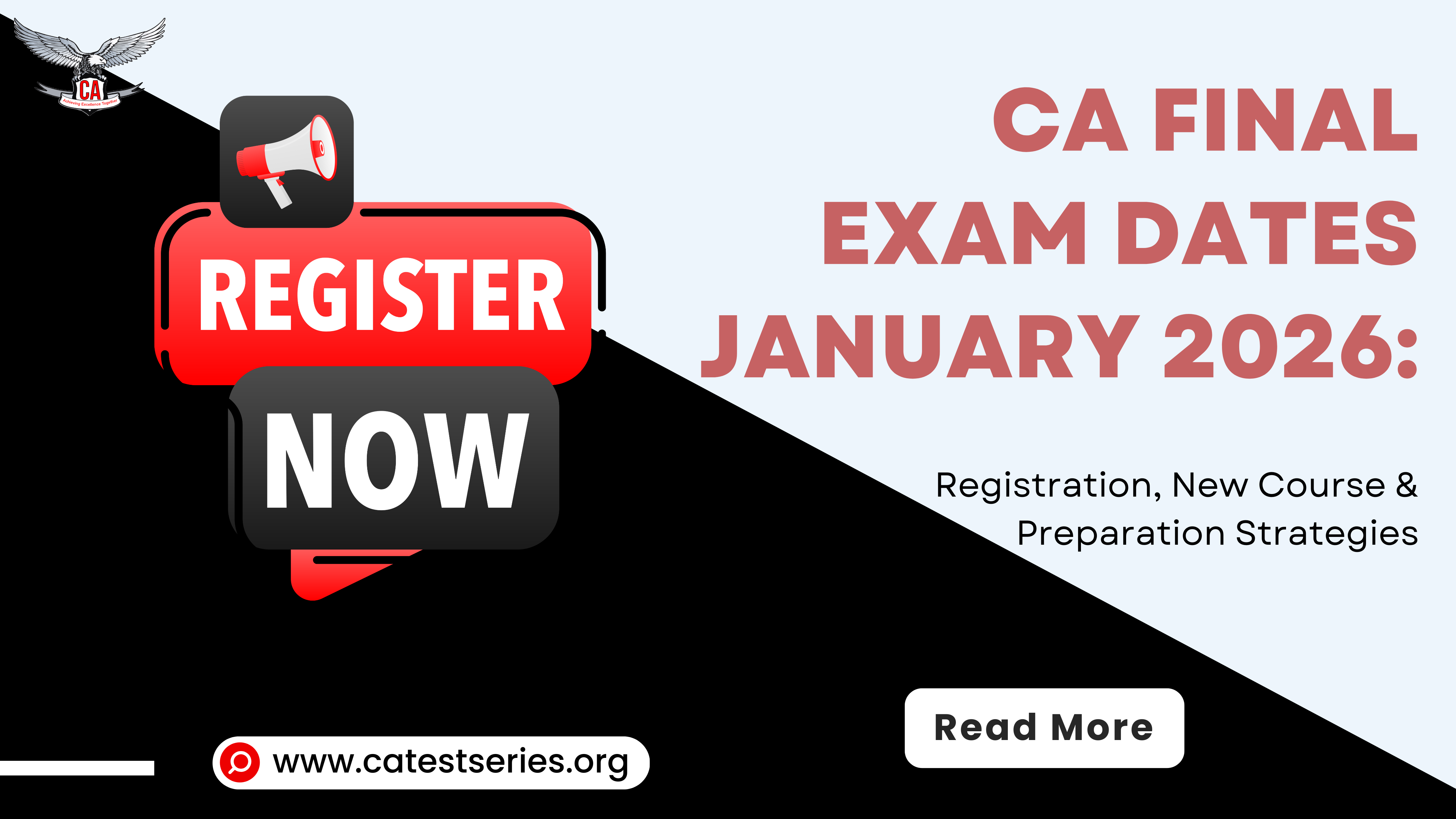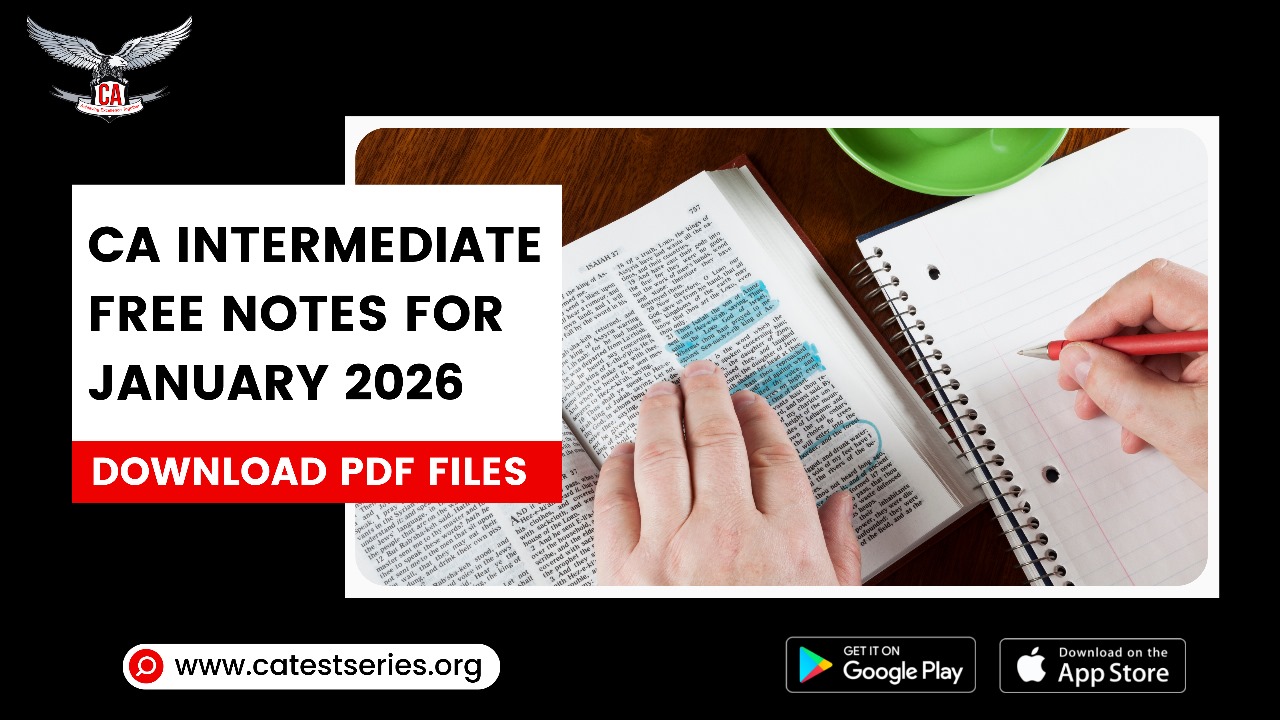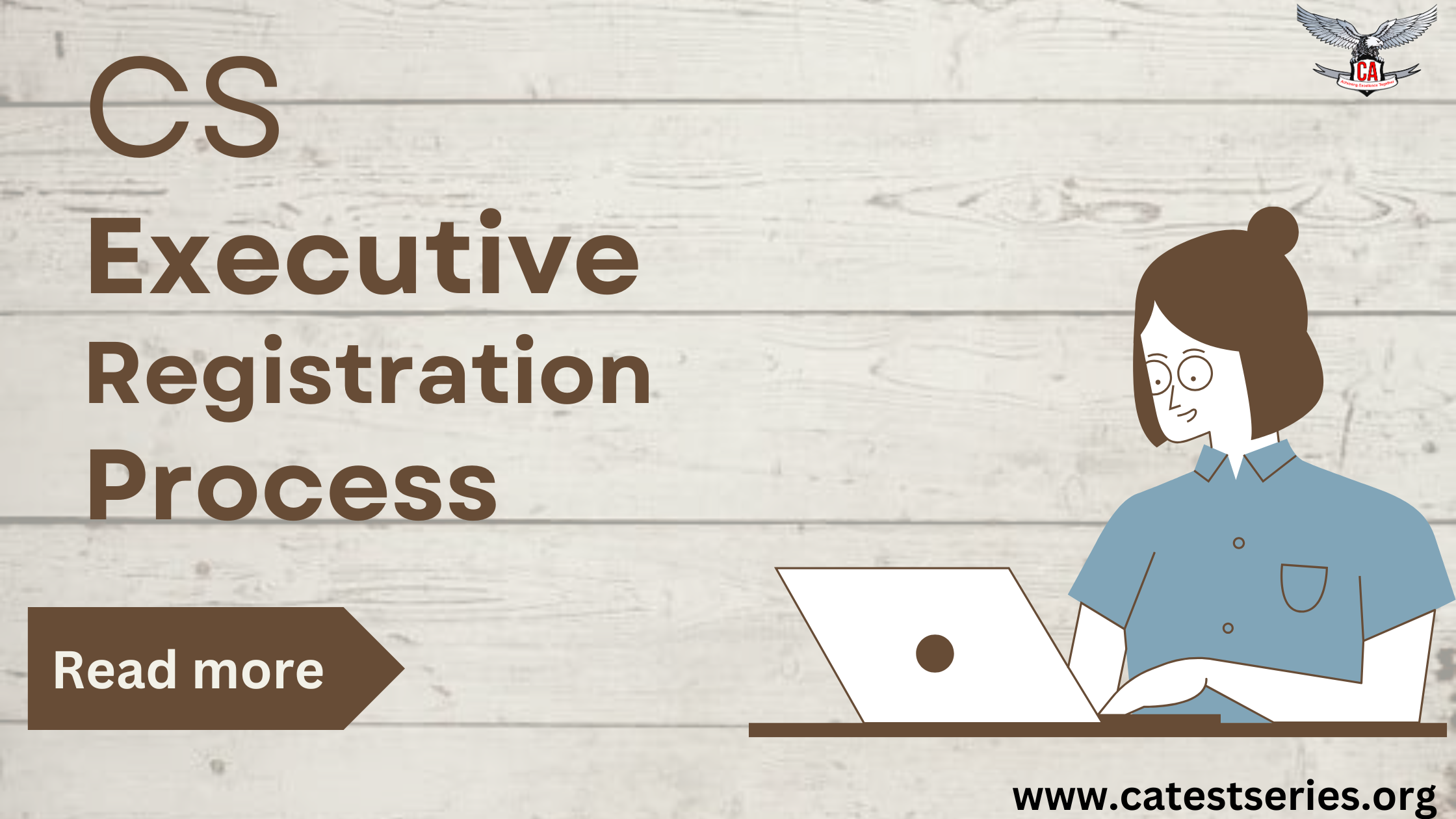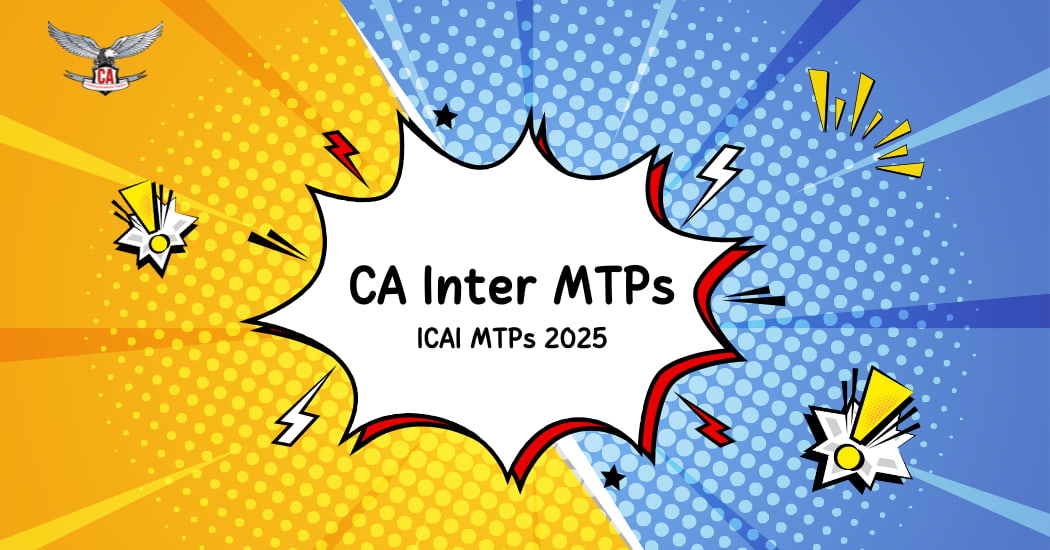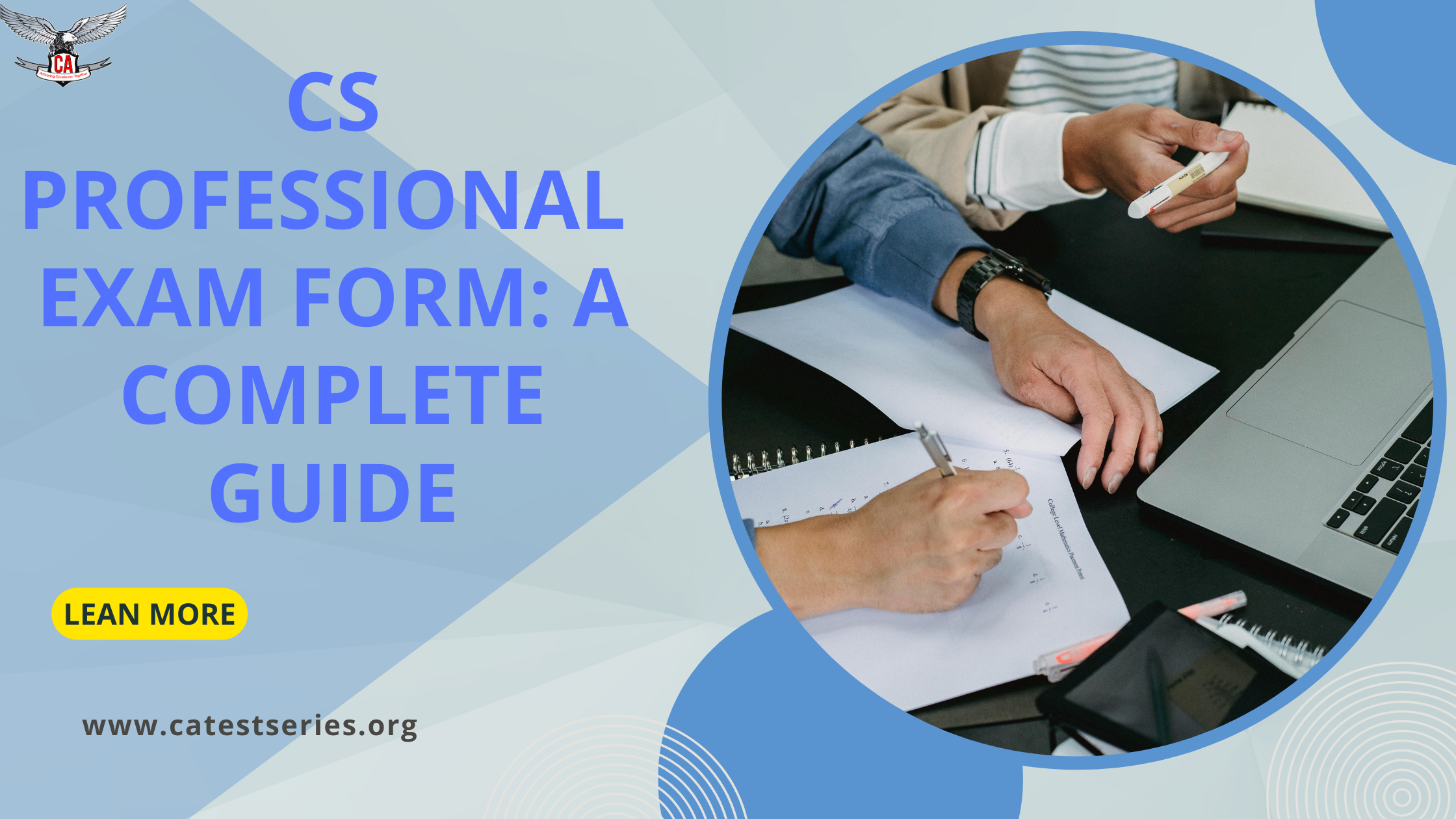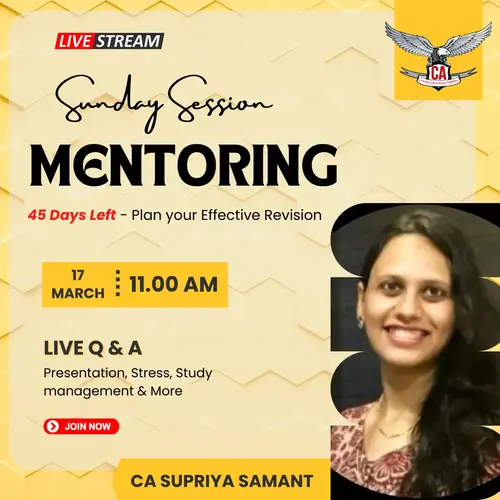CA Inter Income Tax and Indirect Tax Important Questions for ICAI 2025 Exams
Important Questions in Income Tax and Indirect Tax-CA Inter
Pursuing a professional CA course can be laborious as it necessitates an elaborate understanding of the basic financial terms. For instance, students at the CA Inter level must be well versed in income tax and indirect tax, which is one of the most crucial subjects for an aspiring chartered accountant in India. As CA Inter students reach the examination stage, possible questions are usually the key point of consideration for them. This blog explains those top important questions in the realm of income and indirect tax that each CA Inter student must know.
Income Tax
What are the different heads of income under the Income Tax Act?
The head of income represents basic knowledge that CA Inter students must learn. Under the Income Tax Act, income is categorized into five broad heads as follows:
1. Salaried income: Income coming out of employment
2. House Property: Income arising through the ownership of property.
3. Profits and Gains of Business or Profession: Income from business or professional activities.
4. Capital Gains: Income from the sale of capital assets.
5. Income from Other Sources: Residual income is not classified under the above heads.
CA Inter students must be able to recognize examples of income under each head and comprehend how to compute taxable income from them.
What are the key provisions for computing taxable income from salaries?
1. The Fixed Component includes:
2. Basic Salary: This is the same amount provided every month.
3. Allowance: This includes House Rent Allowance, Conveyance Allowance, and many other allowances.
4. Perquisites: Non-cash benefits like accommodation, car, etc.
5. Deductions: Deductions are made in the form of Provident Fund contributions and Professional Tax paid.
A CA Inter student must be thorough with all the allowances and privileges, their tax treatment, and exemptions that are available in certain situations.
What are Capital Gains and its types?
Capital gains come about as a result of a transfer of capital assets. Students should be conversant with the two primary ones:
1. Short-term Capital Gains (STCG): Those from the sale of assets held for a short period of less than 36 months.
2. Long-term Capital Gains (LTCG): Those realized from assets held for a long period of more than 36 months.
The holding period, the exemption provided under sections 54 and 54F, and the method of calculation of capital gains all form a very critical input for CA Inter students.
What are savings and deductions under Section 80C?
Section 80C of the Income Tax Act provides several deductions encouraging savings and investments. The primary heads of deduction are:
1. Life Insurance Premiums
2. Contribution to Employee Provident Fund (EPF)
3. Contributions to the Public Provident Fund (PPF)
4. National Savings Certificate
5. Equity Linked Saving Scheme
CA Inter students must know the threshold limit and conditions for different headings of deduction so that more benefits can be received when tax relief is taken separately.
What is tax planning, and how is it implemented?
Tax planning is very important for individuals as well as companies because it allows them to save money on taxes legally. Important points include:
1. The right kind of tax-saving investment
2. Availing deductions and exemptions
3. Sale of assets for capital gain
A CA Inter student must know what crucial tax planning is. The reason is that it illustrates which methods can be implemented to achieve optimum tax efficiency.
Indirect Tax
What is Goods and Services Tax (GST), and what are the differences between it and existing tax structures?
Goods and Services Tax (GST) is an integrated indirect tax that has subsumed multiple indirect taxes in India. Key differences include the following:
1. Single Tax Structure: GST is unlike the earlier system as it includes a variety of taxes including excise, VAT, and service tax.
2. Destination-Based Tax: The place of consumption taxes GST, whereas previously origin-based taxed
3. Input Tax Credit: There, the tax paid on buying gets credited to the particular business
CA Inter students should be aware of how GST can help them understand the structure of their company.
Explain the classification of Goods and Service Tax.
The goods and services have the following categories of tax slabs under the GST
1. Zero Rate: Food grains and exports.
2. 5% Rate: Household goods.
3. 12% Rate: Processed food.
4. 18% Rate: Telecom and restaurant services.
5. 28% Rate: Cars and tobacco.
CA Inter students must be aware of the classification as it directly impacts the business tax liability.
What are the major constituents of the GST return filing process?
Filing of GST Returns is a crucial compliance process for businesses. The Important components are:
1. GSTR-1: Outward supplies.
2. GSTR-2: Inward Supplies (suspended).
3. GSTR-3B: Summary of inward and outward supplies for the month.
4. Annual Return (GSTR-9): Consolidated report of all the transactions undertaken during the financial year.
CA Inter students should know the schedule, format, and provisions for filing these returns and thus ensure compliance.
Explain the Input Tax Credit (ITC) concept under GST.
Input Tax Credit provides the scope for an enterprise to reduce the GST liability from the input tax paid against which it had claimed as credit. This includes the following:
1. Eligibility Criterion: If the product consumed is solely for business purposes and the tax has been paid by the supplier, then the ITC will be provided.
2. Restrictions: If the expenses were for personal use and the non-GST supply then the ITC is not allowed.
Cash flow management and tax liability avoidance should be understood by CA Inter students as to how ITC helps in this aspect of the business.
What are the penalties under GST for non-compliance?
Penalties for not being compliant must be known to all business houses so as not to land in trouble or litigation. Major Penalties include:
1. Failure to register: Up to 10% of the amount liable to pay tax
2. Return not filed on time or filed late: Penalty will be ₹100/day each on default.
3. Claims involving wrong input tax credit vary with a penalty of 100% to 200% of the tax due. CA Inter students should learn that complying in time helps avoid both risks and penalties.
Final Words
Income Tax and Indirect Tax are two of the most important subjects that might assist CA Inter students in advancing their initial careers. The CA aspirants can advance their knowledge and prepare for the tests and exams by revising the most crucial questions from these subjects. Mastery of the concepts in this area ensures academic success but also makes future chartered accountants well-equipped with the knowledge to work their way in the tax world in professional pursuit. It is naturally obvious that practical application and learning are required to master the subject during further study. Good luck with your preparations!

